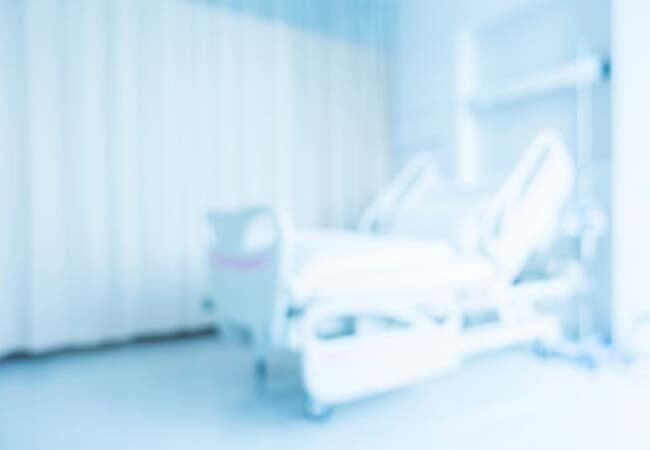According to the study “Prone and Supine 12-Lead ECG Comparisons: Implications for Cardiac Assessment During Prone Ventilation for COVID-19” Published in JACC Clinical Electrophysiology, acquiring electrocardiogram in back position can be a very useful tool for patients who require prone ventilation.
David Chieng et al. conducted a study to compare the changes between a prone ECG and one in the , position. Likewise, it was intended to determine the advantages of the ECG in the prone position to detect damage to the myocardium, abnormality in the rhythm and conduction (polarity).
This trial involved 100 patients with various heart conditions who underwent 3 ECGS in the following ways:
1. In supine position (Standard Supine Front SF).
2. Prone position with precordial leads attached to front (PF).
3. Prone with precordial leads attached back in mirror to those of the front (PB).
EKG prone vs. supine
EKG prone vs. supine
Because COVID-19 patients with hypoxia require prone ventilation, having an EKG in the supine position can be complicated. Therefore, the team of researchers led by Chieng decided to evaluate the option of doing this test in the position in which ventilation requires, that is, prone.
To do this, the precordial leads were placed on the back of the patient (mirroring the usual positions of the anterior chest wall) in the 4th and 5th intercostal spaces. This avoided repositioning patients for a 12-lead ECG, a complicated maneuver given intubation, and which can provoke oxygen desaturation.
Prone EKG and arrhythmia detection
Prone EKG and arrhythmia detection
As already mentioned above, the objectives of the study included detecting myocardial damage, abnormality in rhythm and conduction. Here are some of the main findings of the team led by David Chieng:
- The prone position is related to a numerically small but statistically significant QTc prolongation.
- In 90% of cases, the Prone ECG was associated with new qR morphology in the V1 to V3 leads and presented a significant reduction in the R-, S- and T- wave amplitude in those same leads.
- ECG of patients in the SF position with anterior myocardial those changes ceased to be visible in the PB position in the same leads. In contrast, the ST segment elevation/depression at the limb leads remained unchanged in the PB position.
- In 84% of the participants in the study, the prone position was associated with changes in the polarity of the T wave in the V1 to V3 leads. The T-wave inversion showed no changes in the prone position in the lateral precordial / limbs leads.
- In the prone back position, the left branch block (LBBB) had a polarity change, showing an apparent right branch block (RBBB).
- The right branch block (RBBB) became narrower with the appearance of qR in V1 to V3 leads.
- The prone position did not affect the detection of arrhythmia.
Conclusions
As it was already assumed the ECG in the prone position is not useful to detect anterior myocardial injury, however, it is reliable for:
1. Detect ST segment and T-wave abnormalities in limb leads.
2. Detect right branch lock.
3. Rhythm monitoring.
This means that the prone ECG is a useful diagnostic tool in COVID-19 patients who require prone ventilation.



